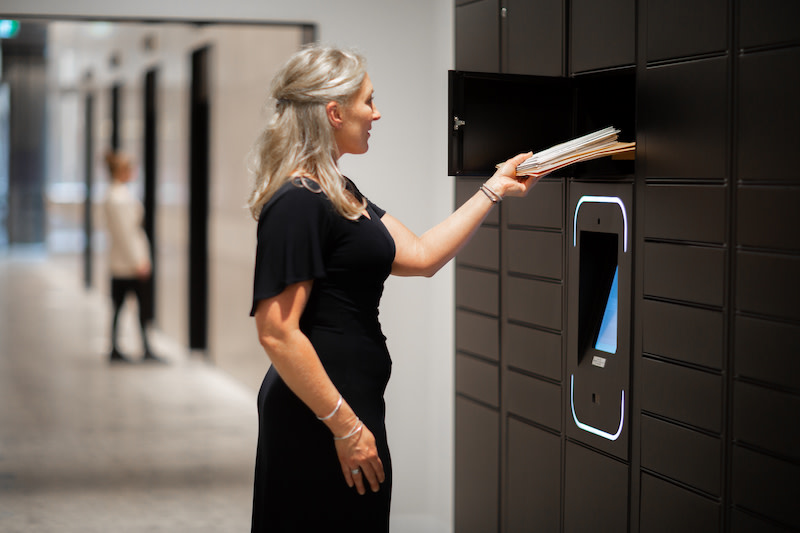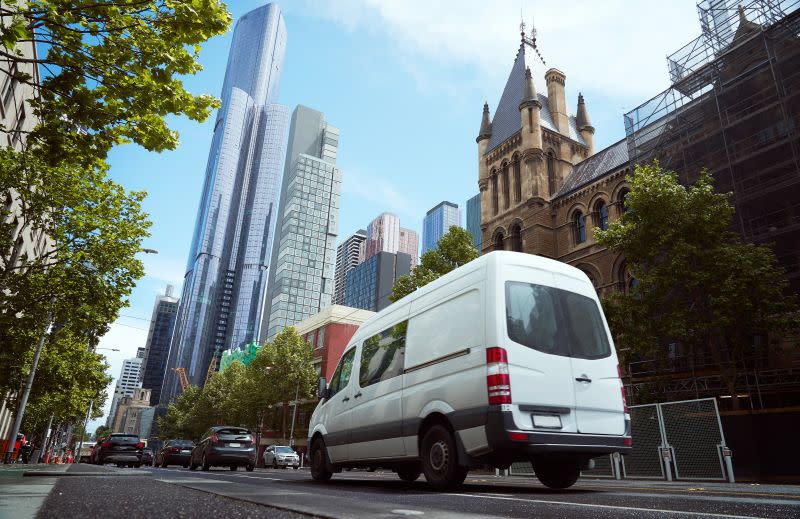
As commercial real estate players continue to navigate the ever-changing modern business environment, sustainability has remained a defining priority and focal point of the industry.
With ESG considerations becoming increasingly prominent, companies are innovating and adapting to meet environmentally responsible practices expected of them.
From reducing flow on emissions to increasing energy efficiency, there is an industry wide push towards greener, more sustainable office spaces.
This transformation has not only been driven by regulatory pressures, but a profound shift in corporate values and investor expectations.
The journey to a greener future for the commercial property sector is well under way, as strong actions from the major players continue to set new standards in environmental responsibility and corporate values.
But, when faced with a myriad of sustainability challenges, is there such a thing as environmental pioneering?
The Commercial Building Disclosure (CBD) Program, a national regulatory program currently requires the NABERS energy performance rating to be disclosed when selling or leasing office space 1000sq m or more, however there has been suggestions that an expansion to the program could cover new building and ownership types in the future, with the hope to cut further emissions across the commercial industry.
As standards become more stringent and commercial businesses attempt to mitigate their total environmental impact, it's over to the commercial sector to get on board swiftly.
Leading global Real Asset technology investor Taronga Ventures has highlighted a commercial trend towards this.
Its recent ESG innovation program as well as its impact showcase illustrate how sustainability is front of mind to investors and developers alike.
Taronga Ventures director of ESG and sustainability Rebecca Jinks, said that increasingly commercial offices are turning to technology to deliver sustainability benefits to their portfolio.
“Commercial properties are expanding their remit on sustainability to include initiatives that reduce scope 2 and 3 emissions,” Jinks said.
With the industry now recognising the importance of ESG practices and with the real estate industry generating a reported 40 per cent of total global carbon emissions, the need for carbon positive office spaces will continue to grow and suitable solutions need to come from far and wide.

In partnership with Groundfloor, the University of Melbourne has been working to quantify the ESG benefits of one of the most popular sustainability initiatives in the commercial space, parcel lockers.
The study conducted at 567 Collins St concluded that parcel lockers could cut the average delivery time from 11 minutes to 3 minutes, allowing for faster loading bay turnover, and lowering the time a courier spends circling the block, waiting for a loading dock place.
The study estimated that this could “reduce the distance traveled by courier vehicles by around 50 per cent”, allowing an “ease in CBD congestion to be realised”.
The report also underscored that the introduction of parcel lockers reduced the number of failed deliveries to zero, indicating that the savings could in fact, be two-fold, as the lockers not only created significant environmental benefit on the first delivery, but also completely eliminated the need for a second delivery.
Russell G Thompson, professor in the Department of Infrastructure at Melbourne University, who presented the Estimating the Benefits of Parcel Lockers in Loading Docks and Commercial Towers paper at the Green Cities, Green Logistics for Greener Cities conference in Poland, believes parcel lockers in loading docks in commercial towers in central city areas can generate a range of benefits for carriers, receivers and administrators alike.
“Our study showed that parcel lockers in a commercial tower in Melbourne’s CBD significantly reduced the dwell time for couriers in the loading dock and that led to less demand for locking dock space as well as more flexible deliveries for receivers,” he said.
“More broadly, if parcel lockers were installed in all loading docks of commercial towers this could reduce vehicle kilometres traveled by couriers by around 50 per cent.
“This would provide substantial productivity gains for couriers as well as reduced emissions and congestion in the CBD.”

Groundfloor Parcel Locker founder and director Lynne Thornton said that the research findings highlight both the importance and opportunity for the building and construction industry to implement long-term sustainable solutions.
“We’re seeing first-hand how commercial office spaces and precincts in urban city environments are adapting to change when it comes to parcel distribution and business operations,” Thornton said.
“Our customers are interested in how our parcel locker solutions can streamline the day-to-day operations, thereby relieving congestion in and around the building.
“We’re hearing a big shift in the conversation with ESG benefits becoming a major reason to implement change and Groundfloor is proud to be a part of a wider solution.”
Melbourne-based Groundfloor provides smart delivery lockers for managing deliveries in residential, commercial buildings and mixed-use developments.
Its systems accept deliveries from any delivery company or retailer, so tenants can provide convenient delivery and collection of parcels, mail, dry-cleaning and more.
Groundfloor is integrated with leading portal companies forming an integral part of the smart building movement.
To learn more, click here.
The Urban Developer is proud to partner with Groundfloor to deliver this article to you. In doing so, we can continue to publish our daily news, information, insights and opinion to you, our valued readers.